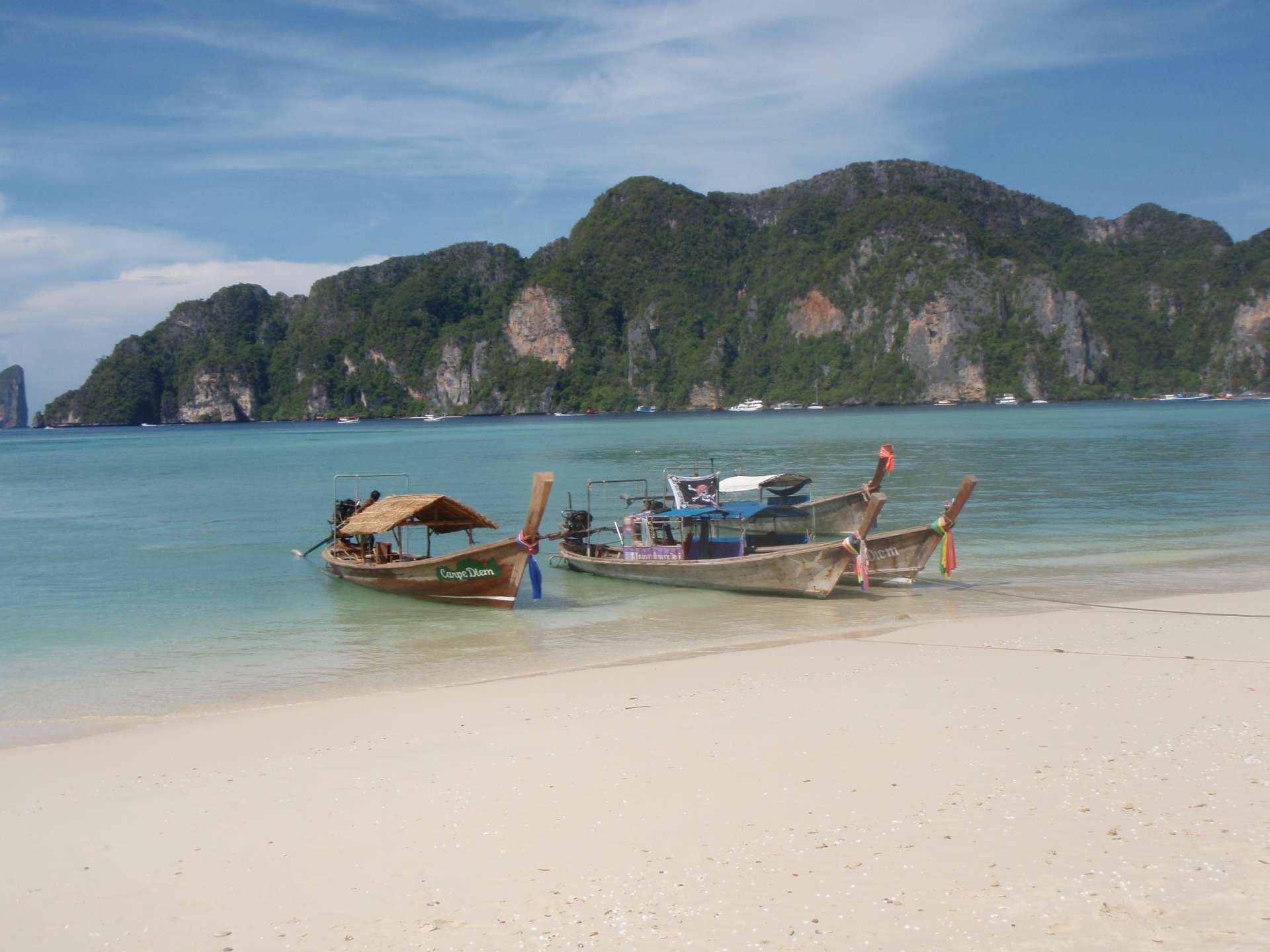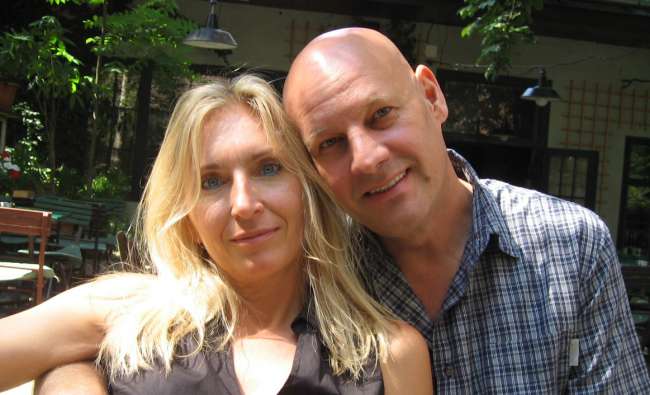Puno and Lake Titicaca
Yayınlanan: 17.01.2017
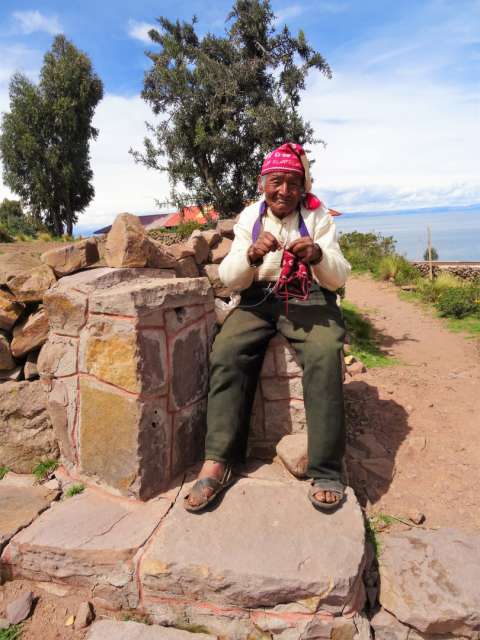
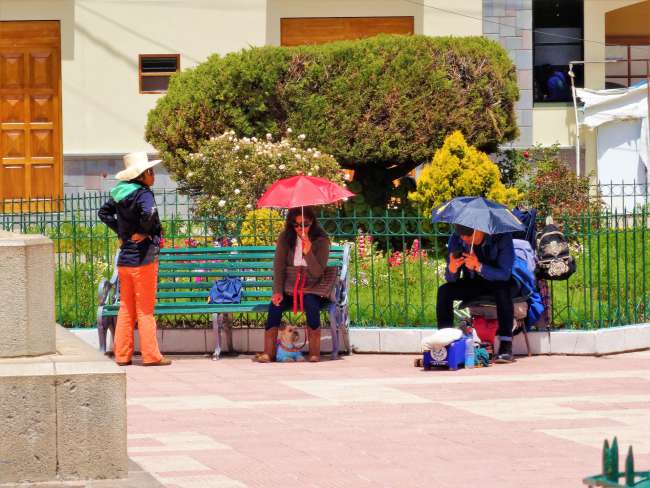
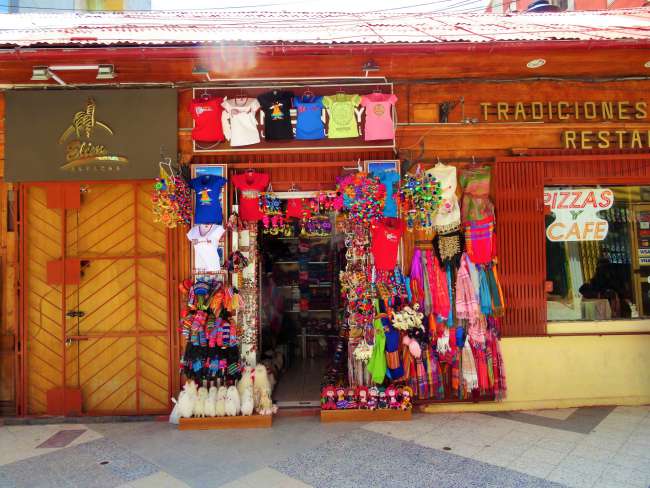
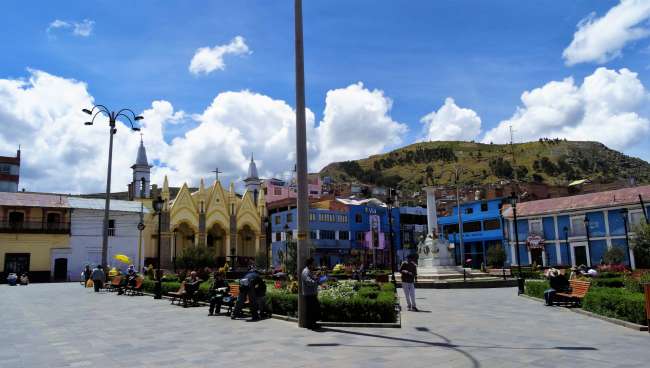
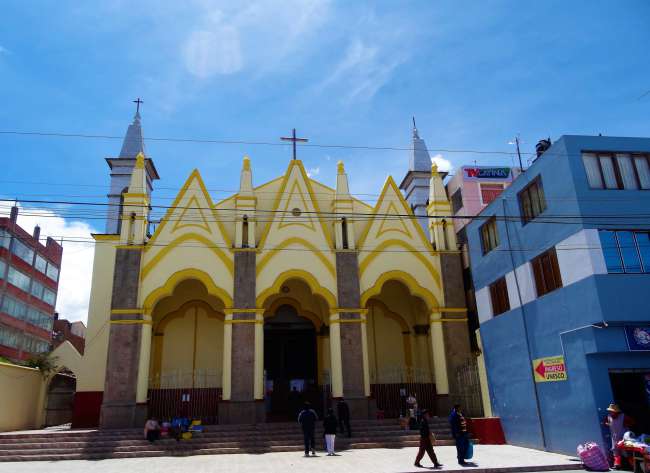
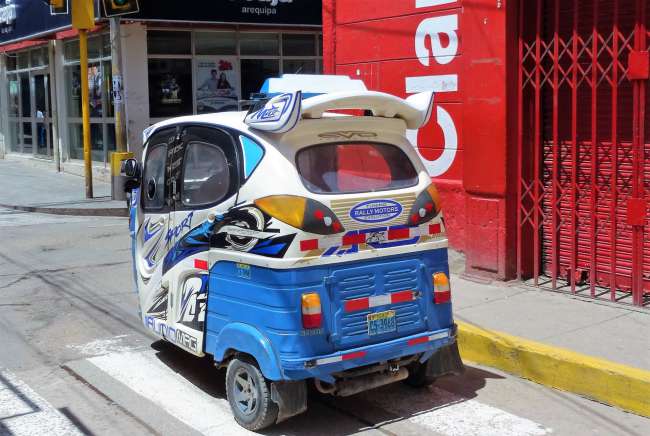
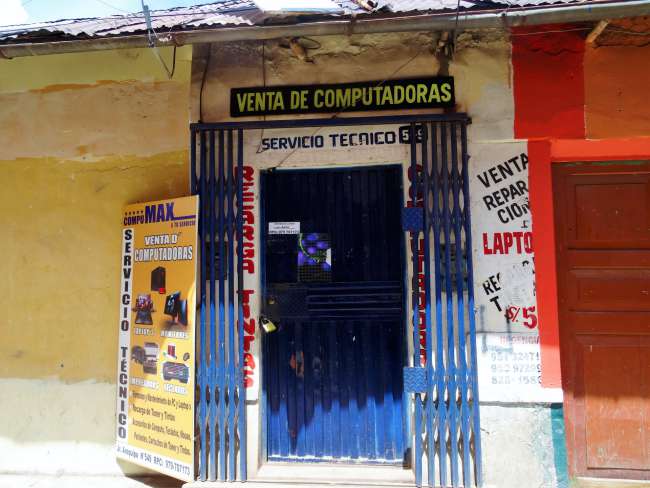
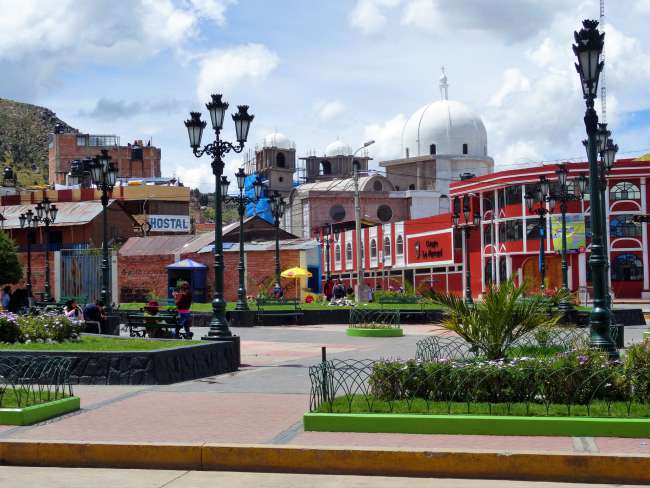
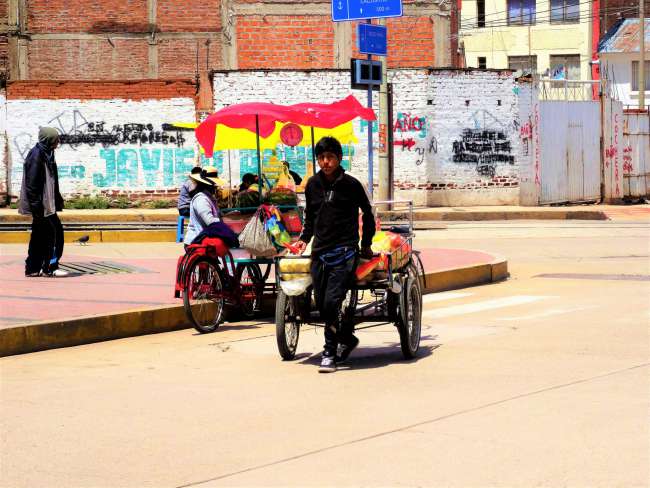
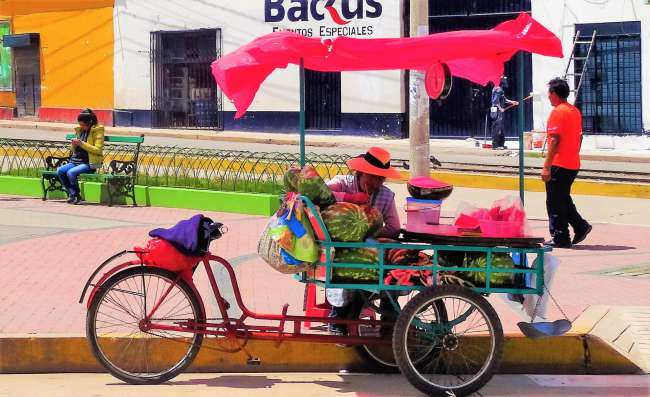
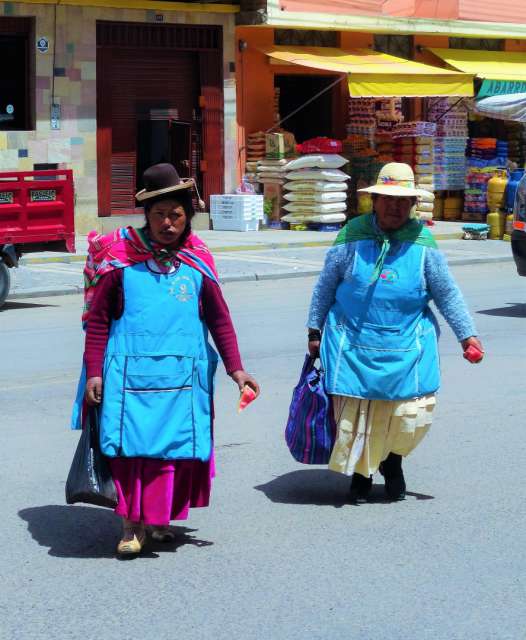
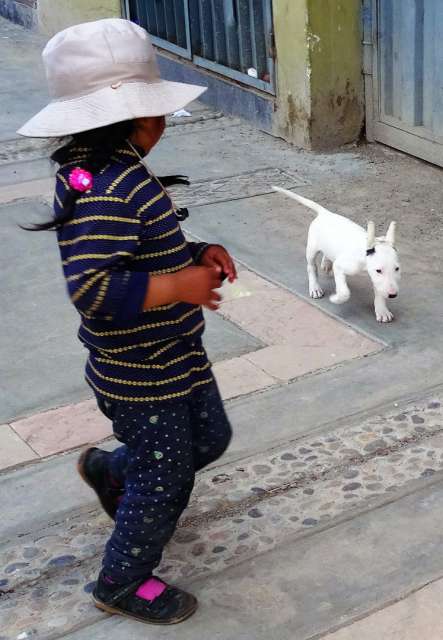
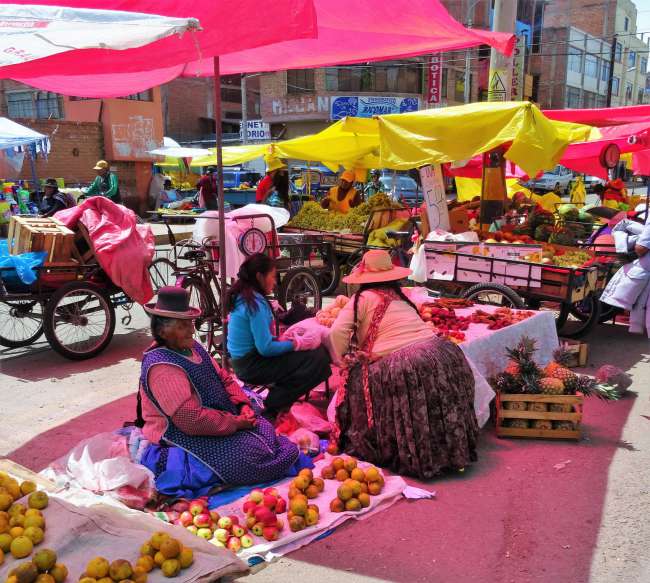
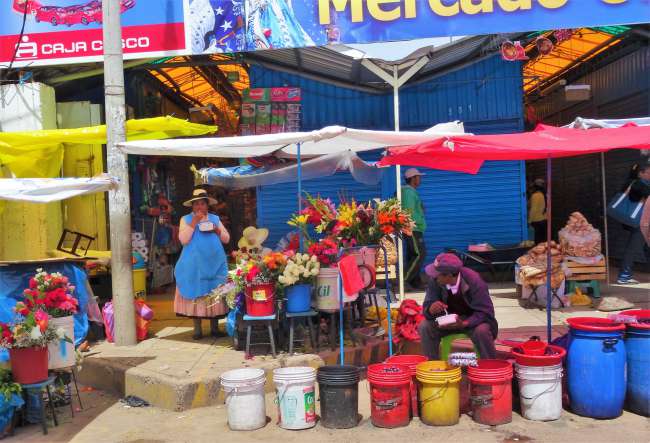
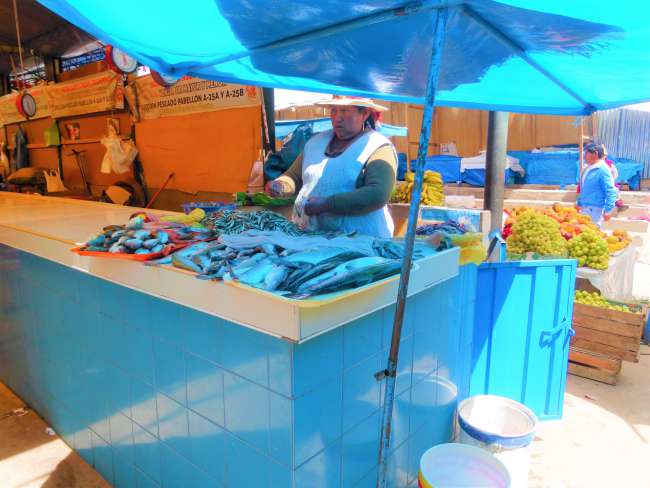
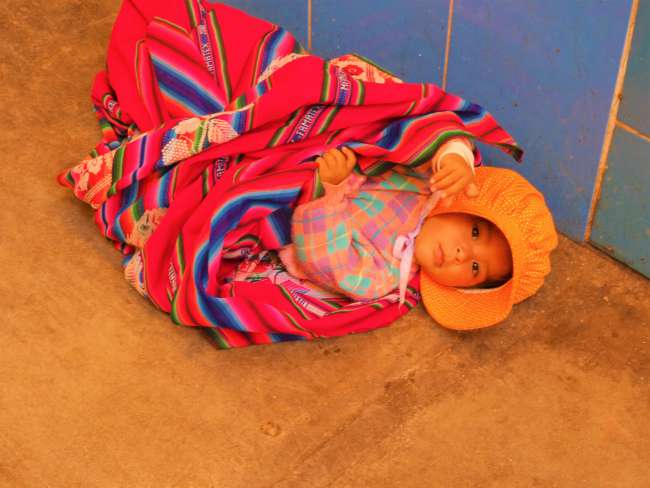
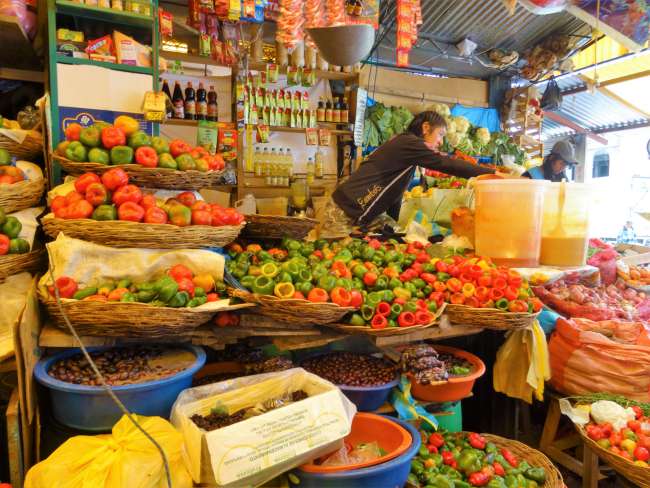
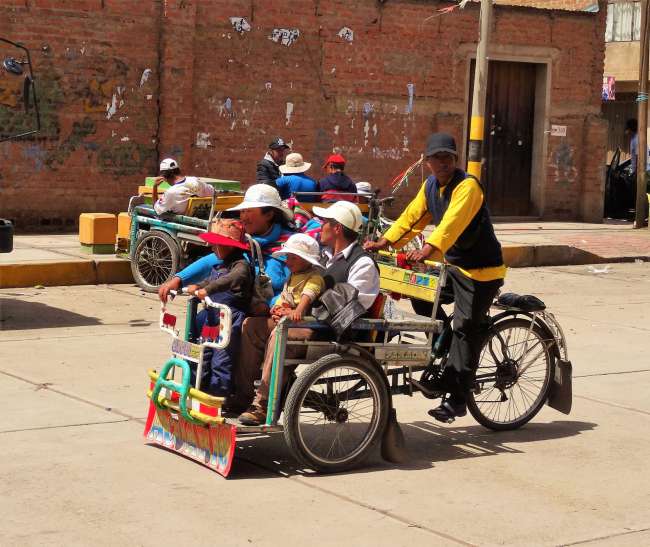
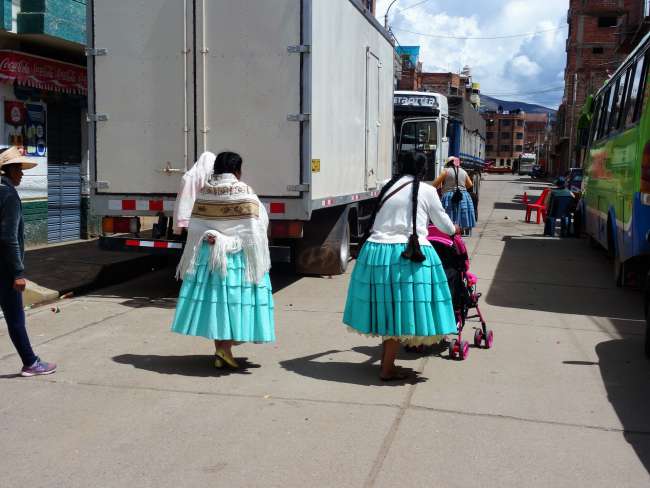
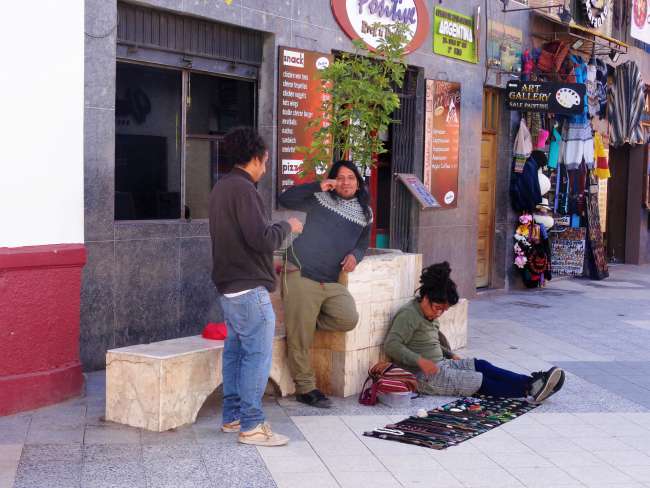
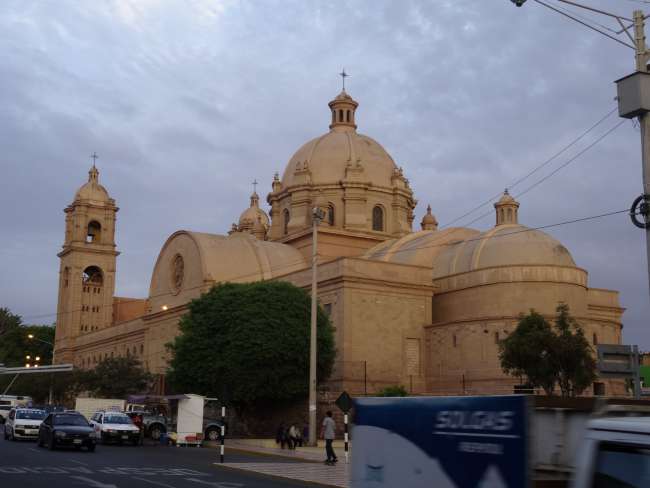
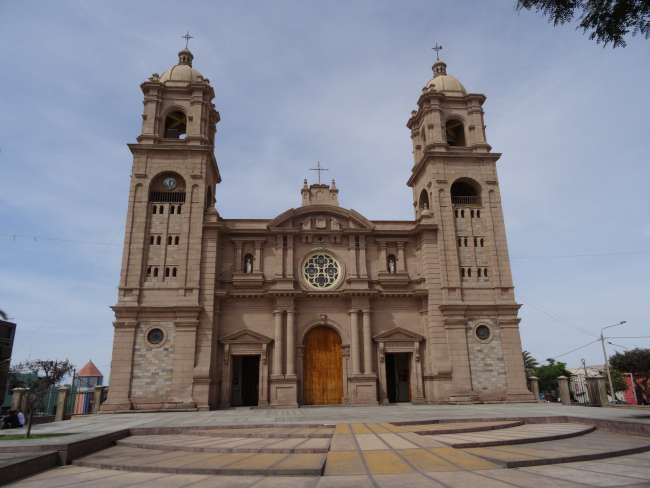
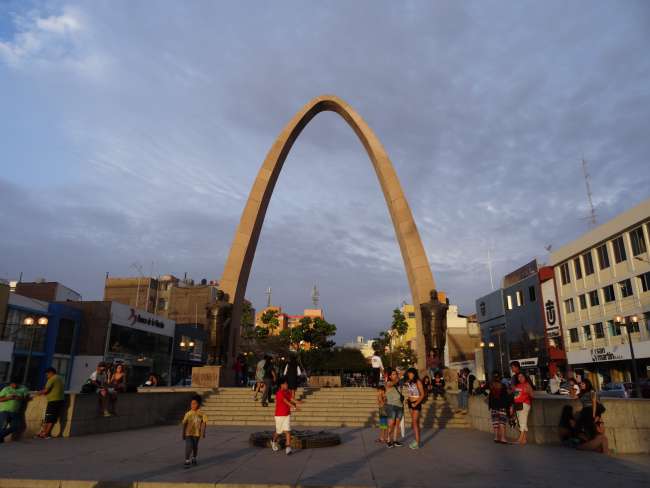
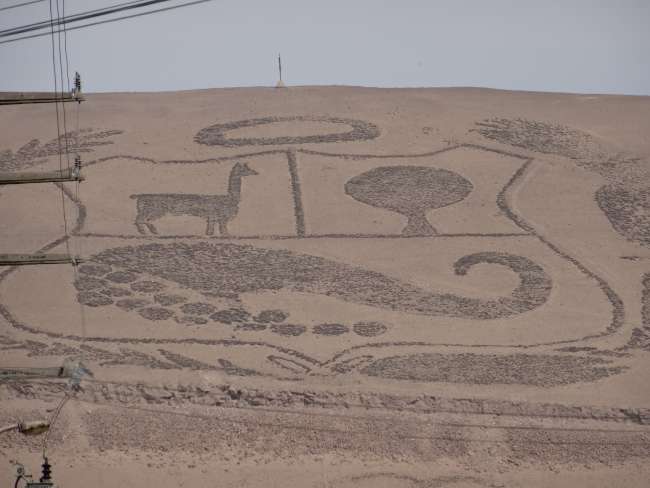
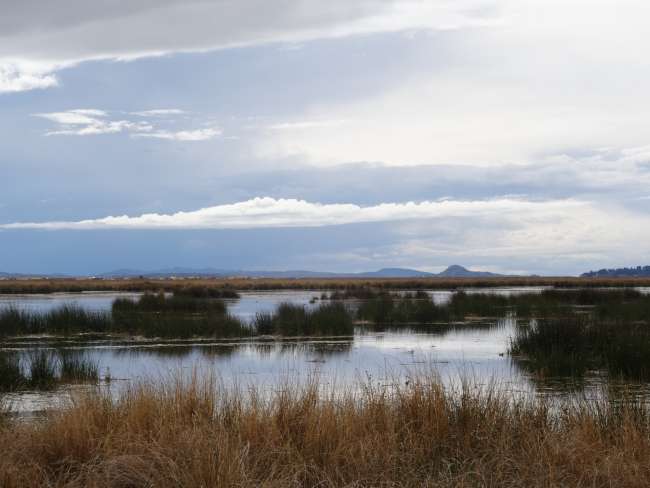
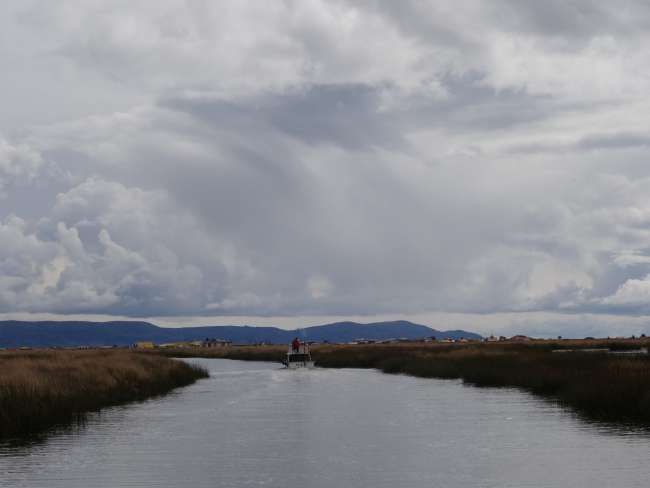
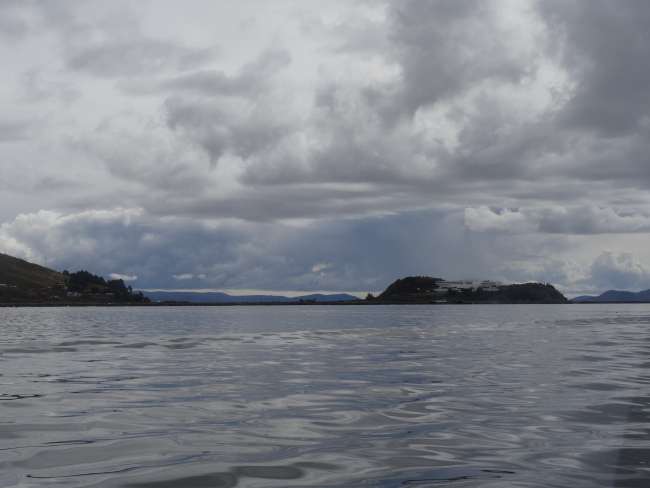
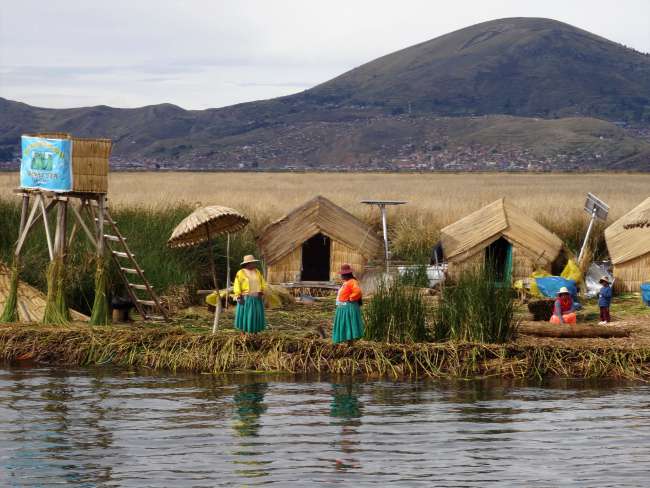
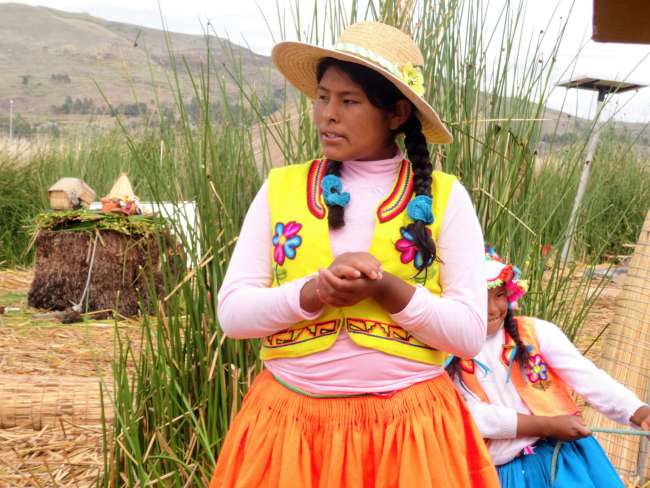
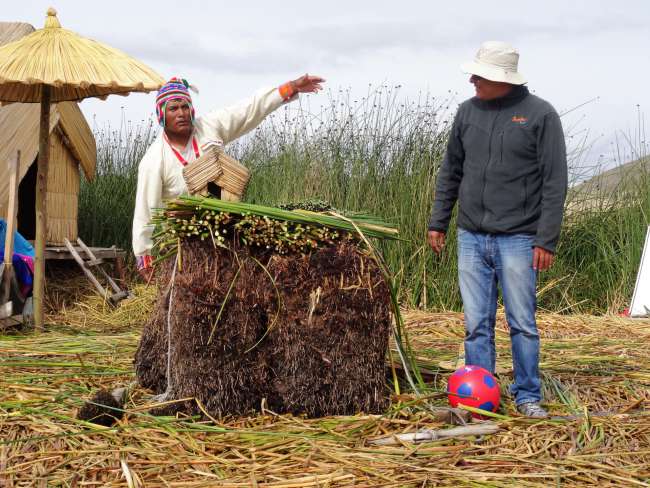
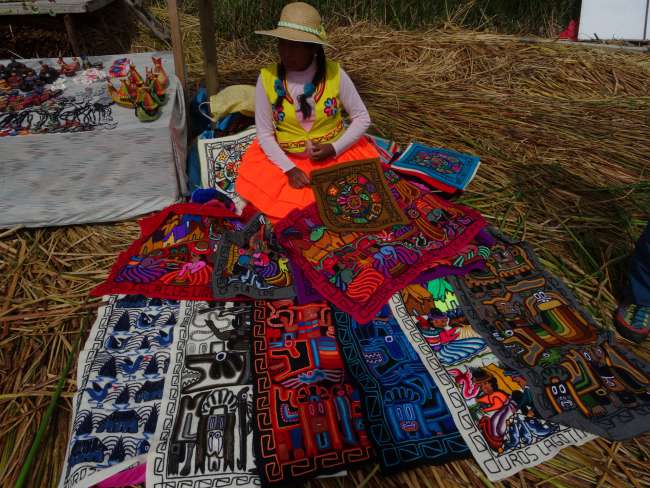
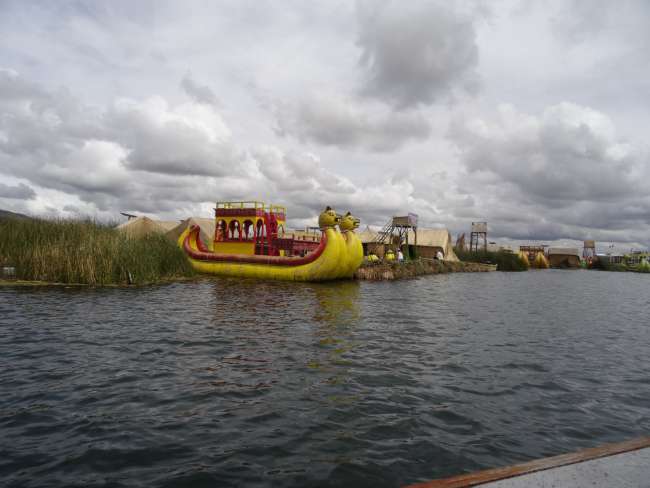
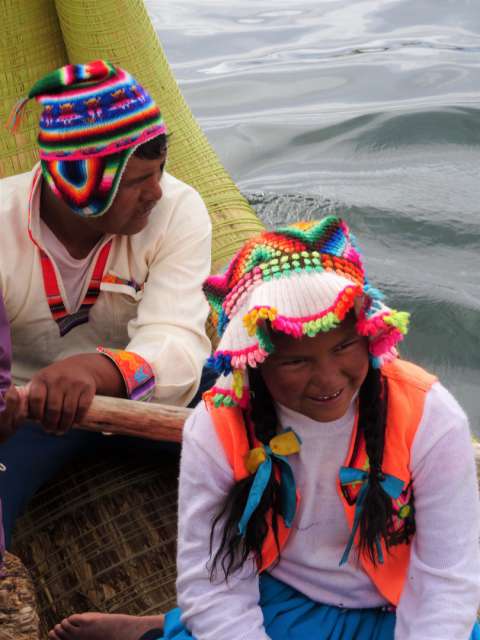
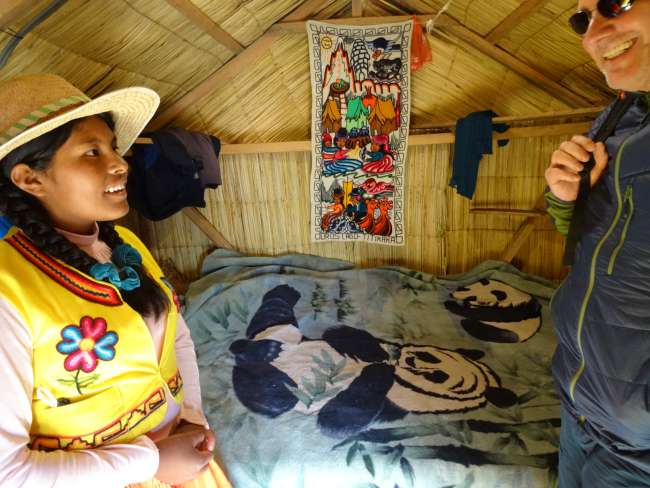
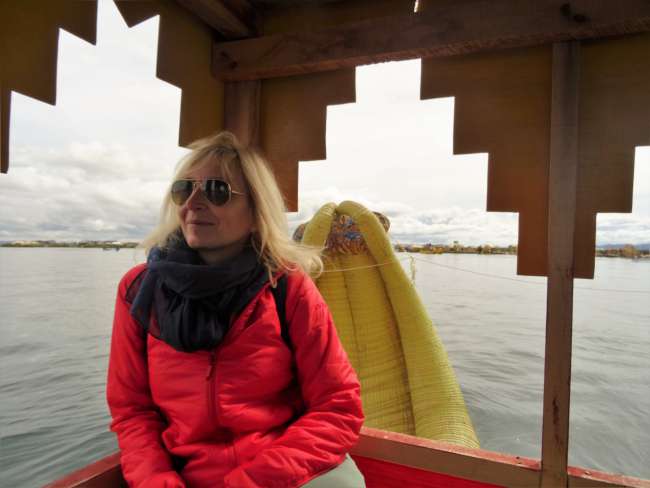
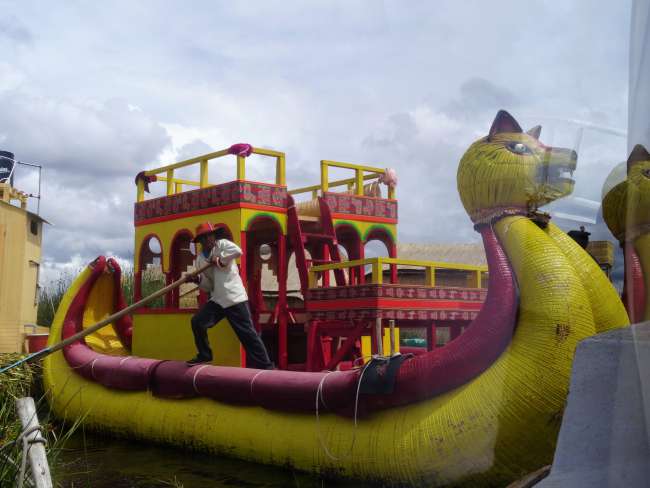
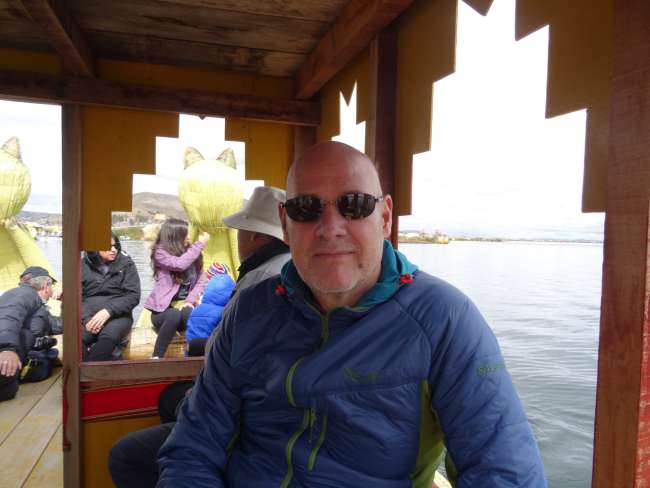
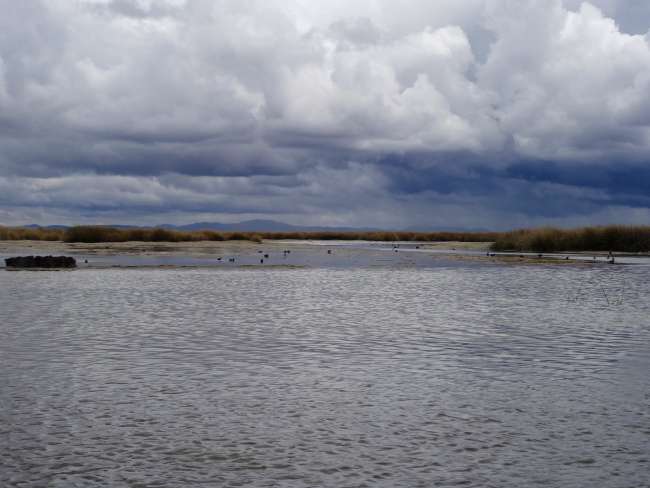
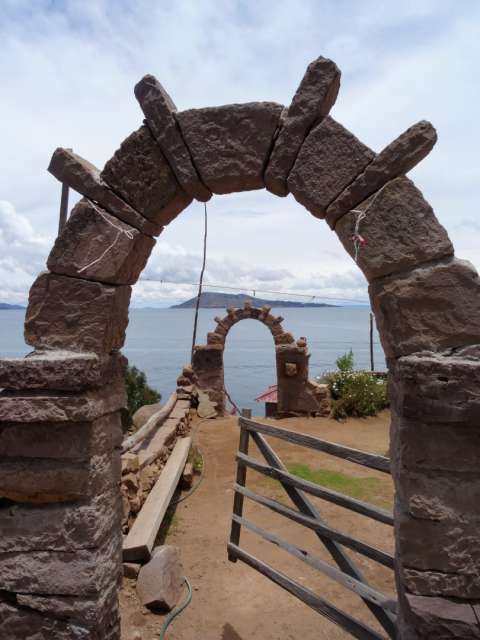
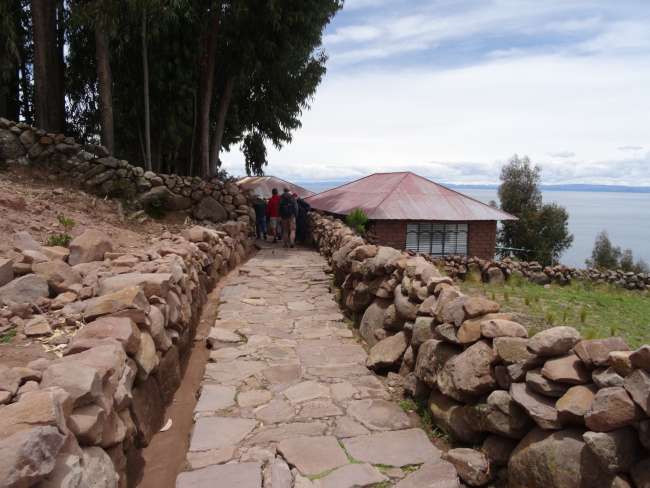
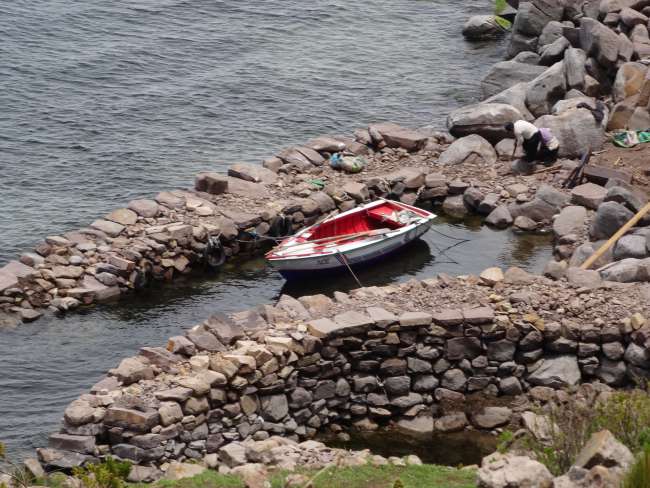
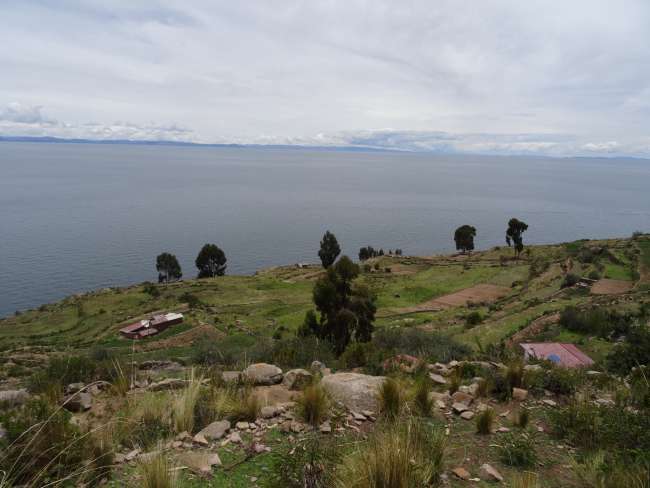
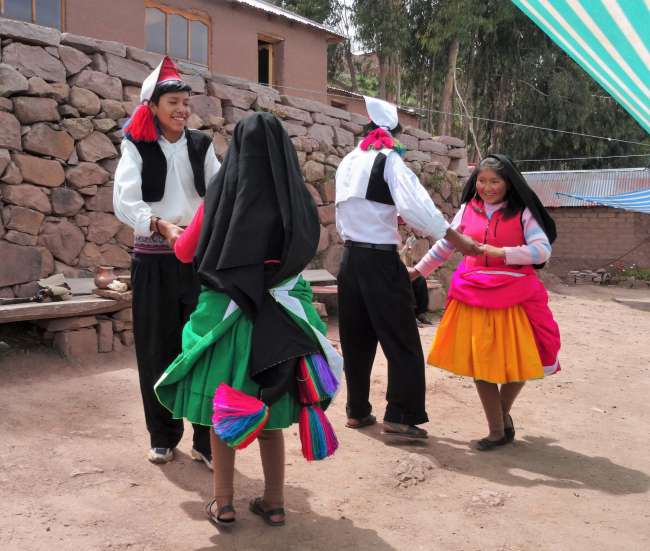
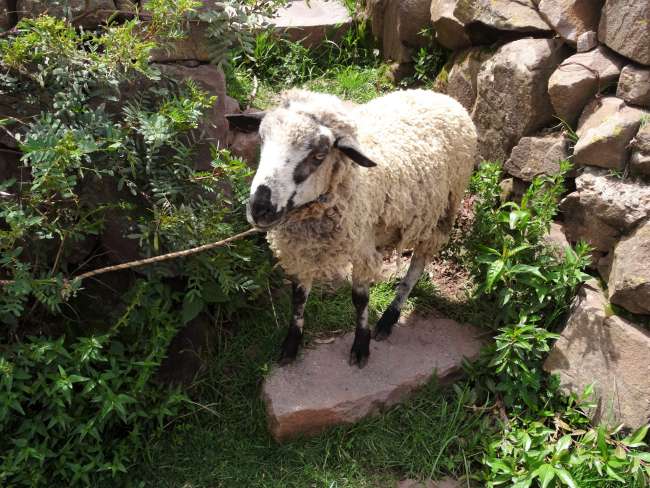
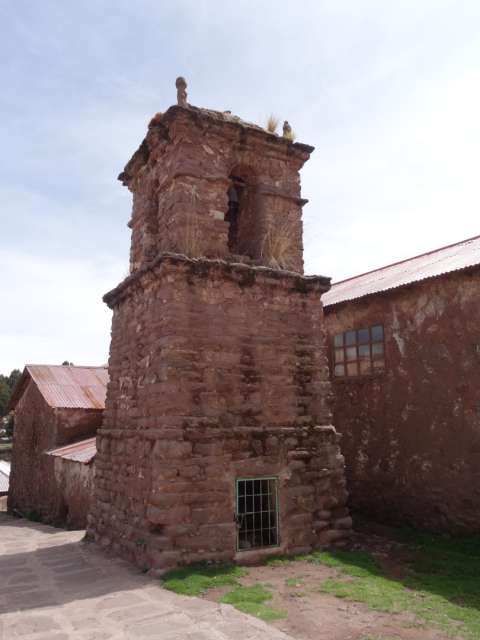
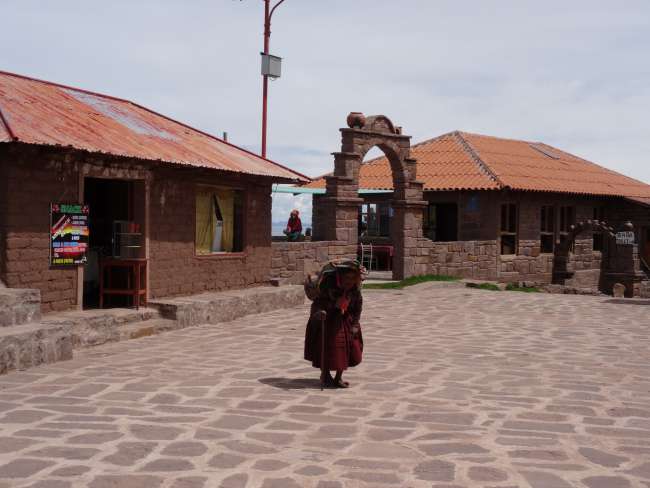
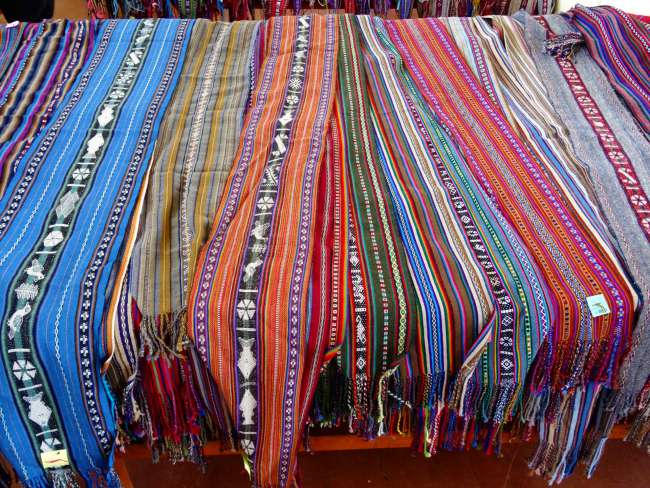
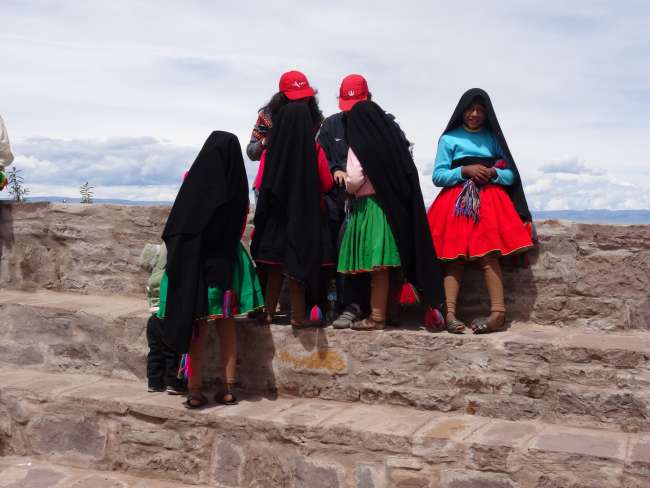
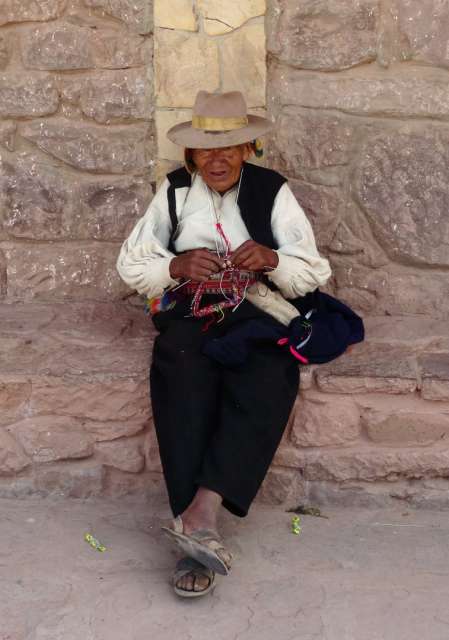
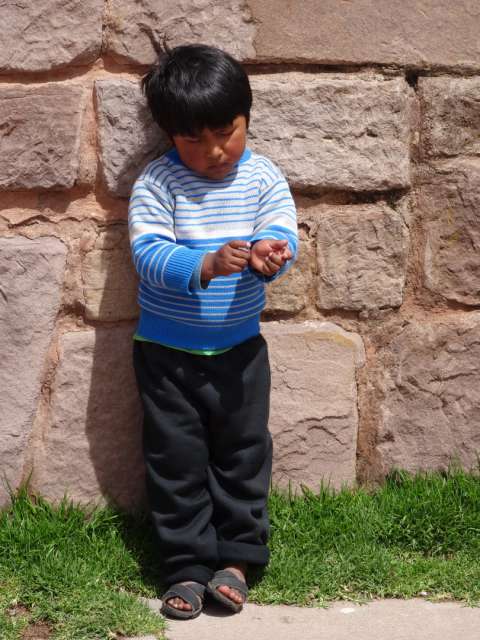
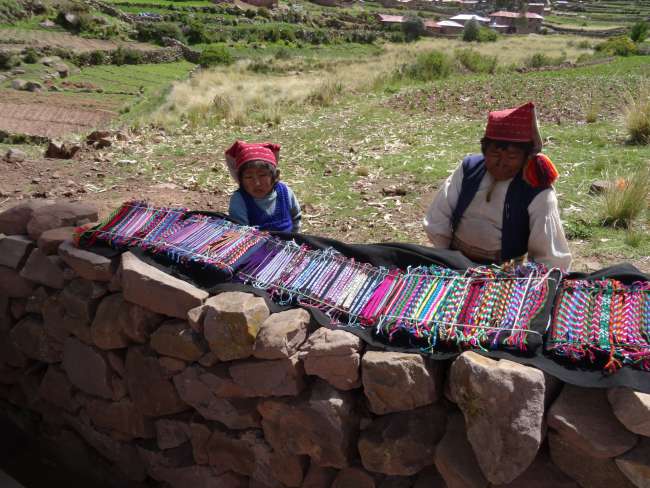
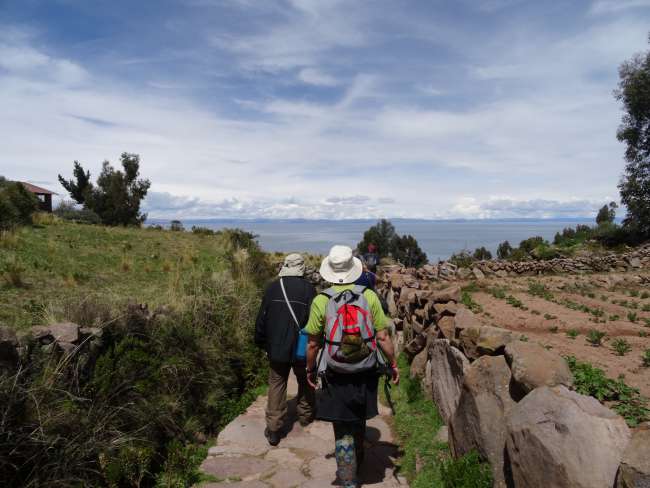
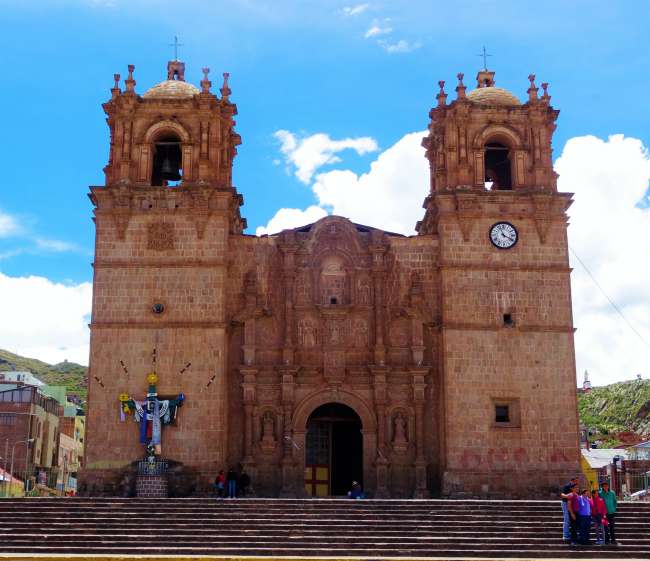
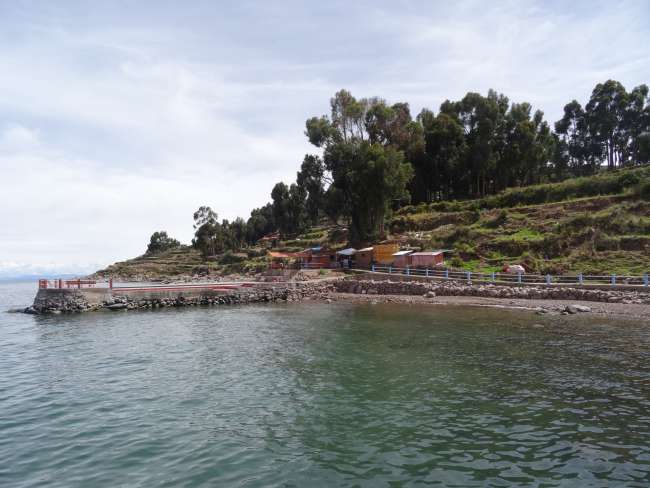
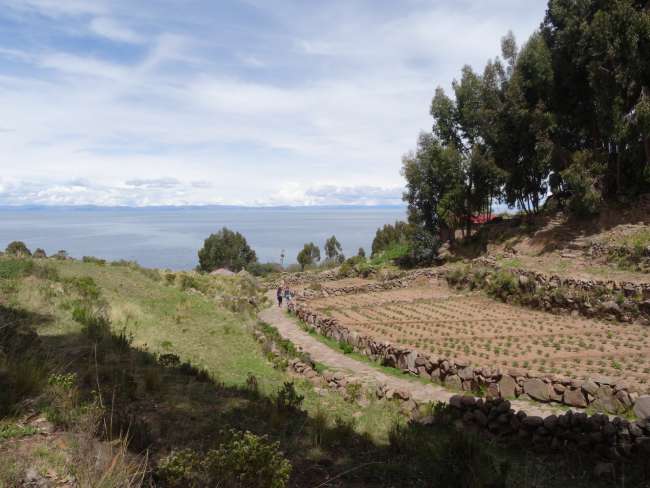
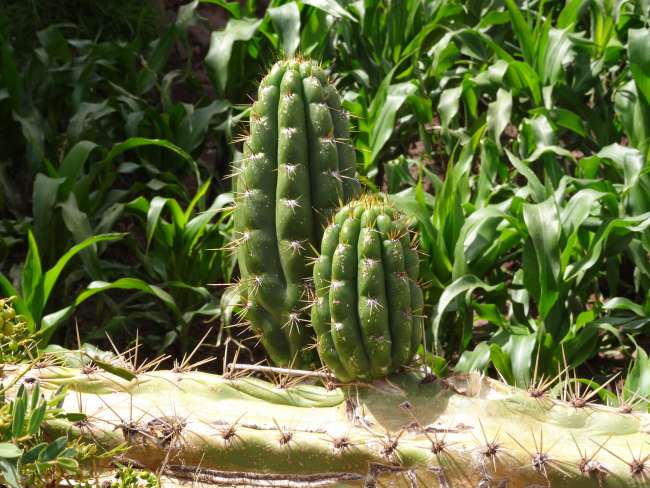



Haberlere kayıt ol
Puno and Lake Titicaca, floating islands of the Uros, island Taquile
Our next destination was Puno. The journey of about 7 hours passed quickly on a very comfortable bus of the 'Cruz del Sur' line. These buses are equipped with reclining seats and also offer onboard service.
Puno is the capital of the region of the same name. It is located on Lake Titicaca, which is the largest high-altitude lake in the world with an area of approximately 8400 km² at an altitude of over 3800m.



The lake belongs to Peru on one (slightly larger) half and to Bolivia on the other.

Like most tourists who arrive here, we took a boat tour to the truly remarkable artificial floating reed islands of the Uros (actually their descendants, a mixture of Uros, Aymara, and Inca), which they have built from Totora reed.

Today, about 1100 people still live on these islands, some of which also have schools and restaurants, according to our guide Alex. The older children also use canoes made of reeds to travel to Puno to attend schools.
The inhabitants of these islands live mainly from tourism, the sale of various souvenirs, and fishing.
As part of our tour, we also took a boat trip on an elaborately decorated boat made of woven reeds, which was operated by the 'president' of the islands himself. The amount of the ticket is reserved for the Uros community and is used, among other things, for various support services regarding medical care and education.
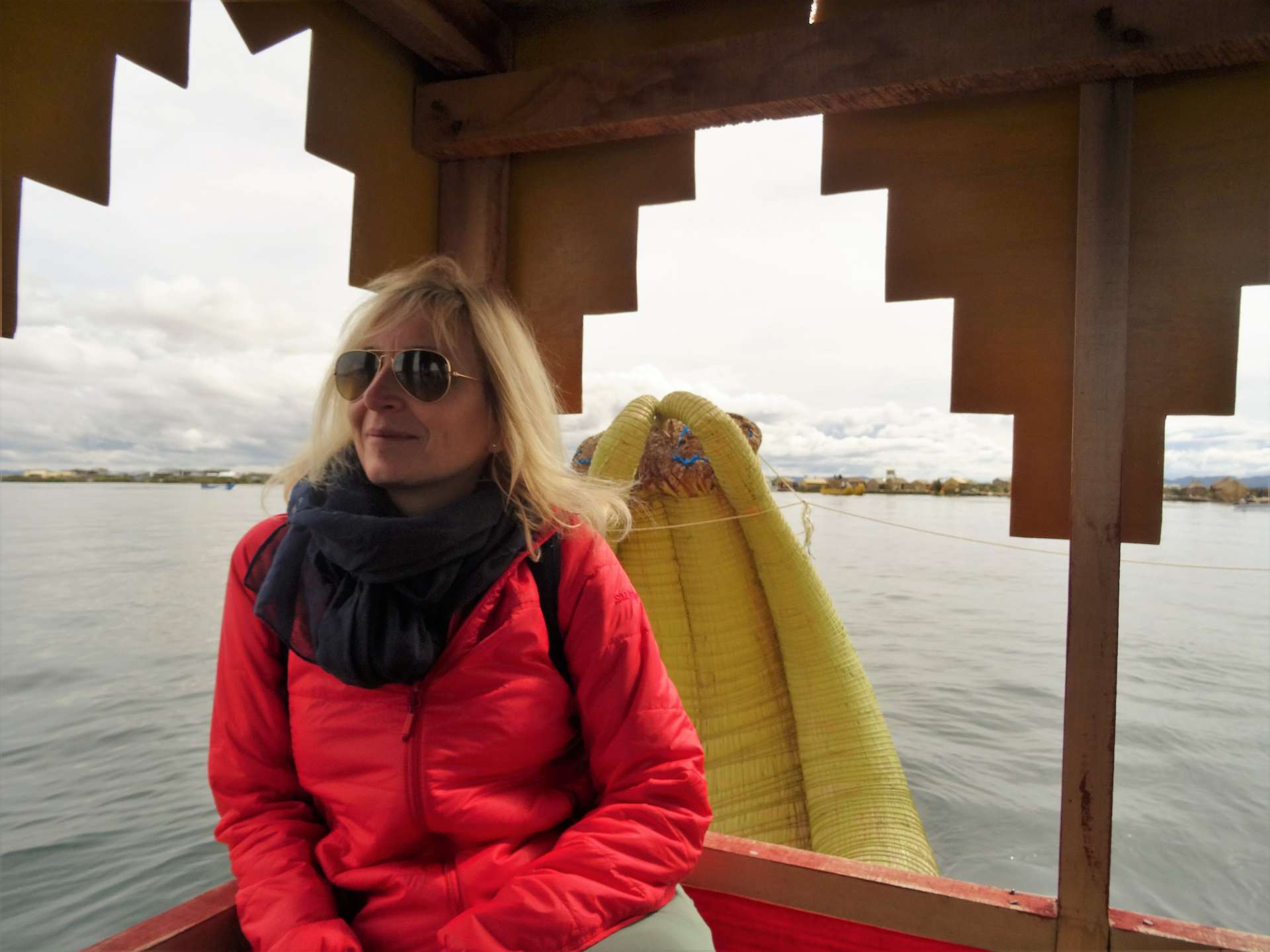
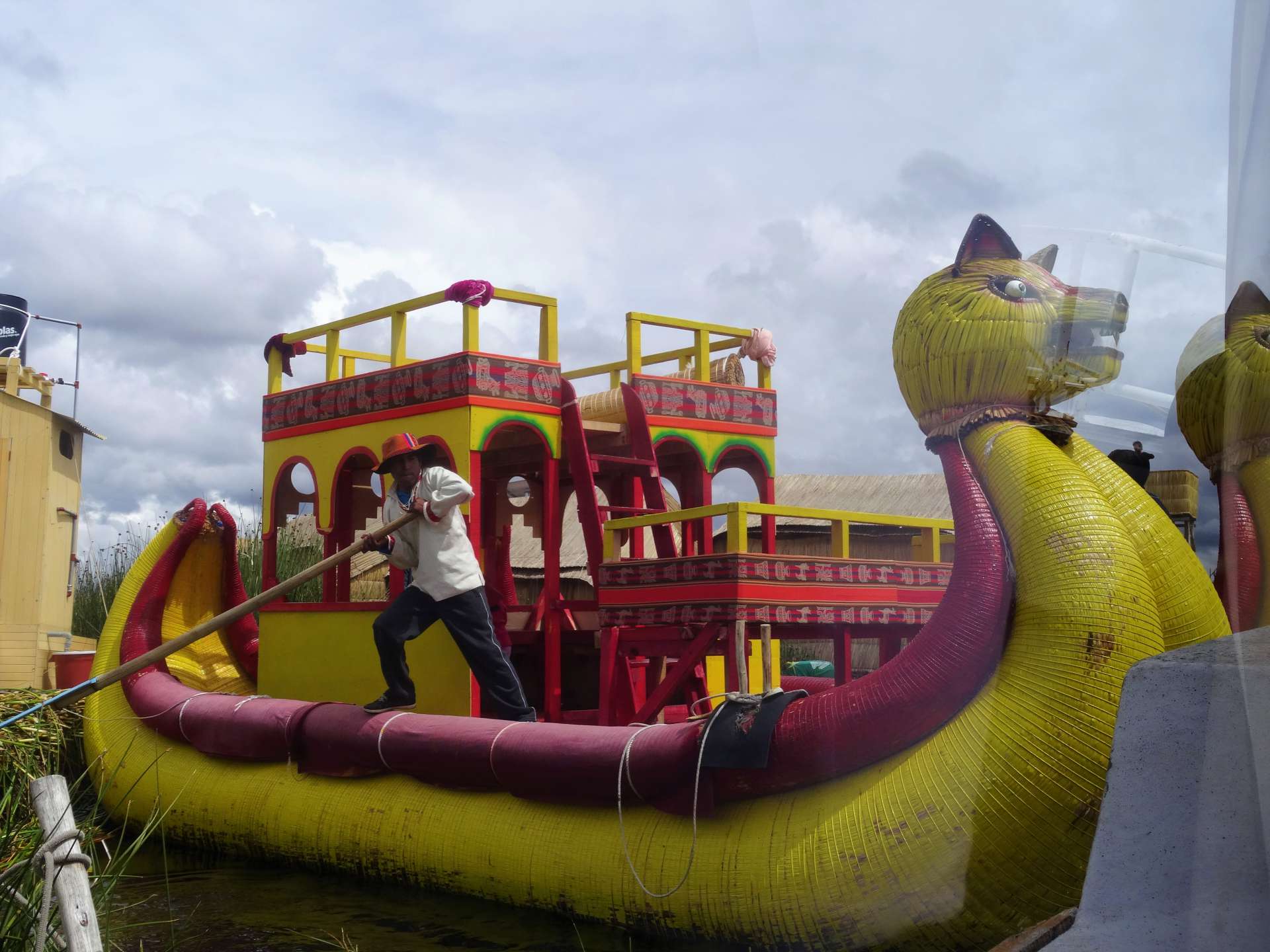
Afterwards, we were taken by boat to the mountainous island Taquile, located about 40 km from Puno. The inhabitants - the Taquilenos - still live there, as they did during the Inca period, farming on terraced fields, where potatoes, corn, and barley are mainly cultivated, as well as raising livestock.
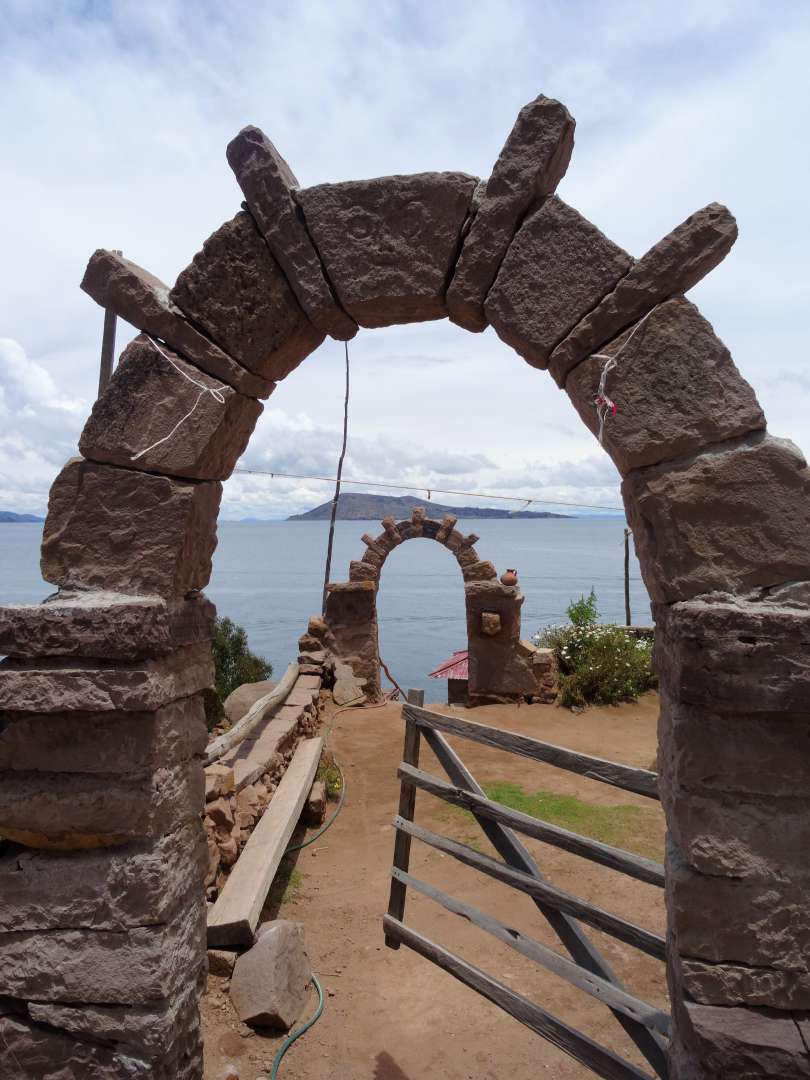

This island is also known for its special, colorful woven and knitted textile art made from llama, sheep, and alpaca wool. An interesting detail: starting at the age of 8, every boy has to learn knitting, crochet, and cooking, and men are only allowed to marry once they have mastered all these skills. Maybe not a bad approach;).

After a very steep ascent crowned with an impressive view, we were treated to a truly delicious lunch - a delightful quinoa vegetable soup and grilled fish - lovingly prepared by a family on the island.
Afterwards, we were presented with a dance performance, followed by a visit to the main square and the textile market.
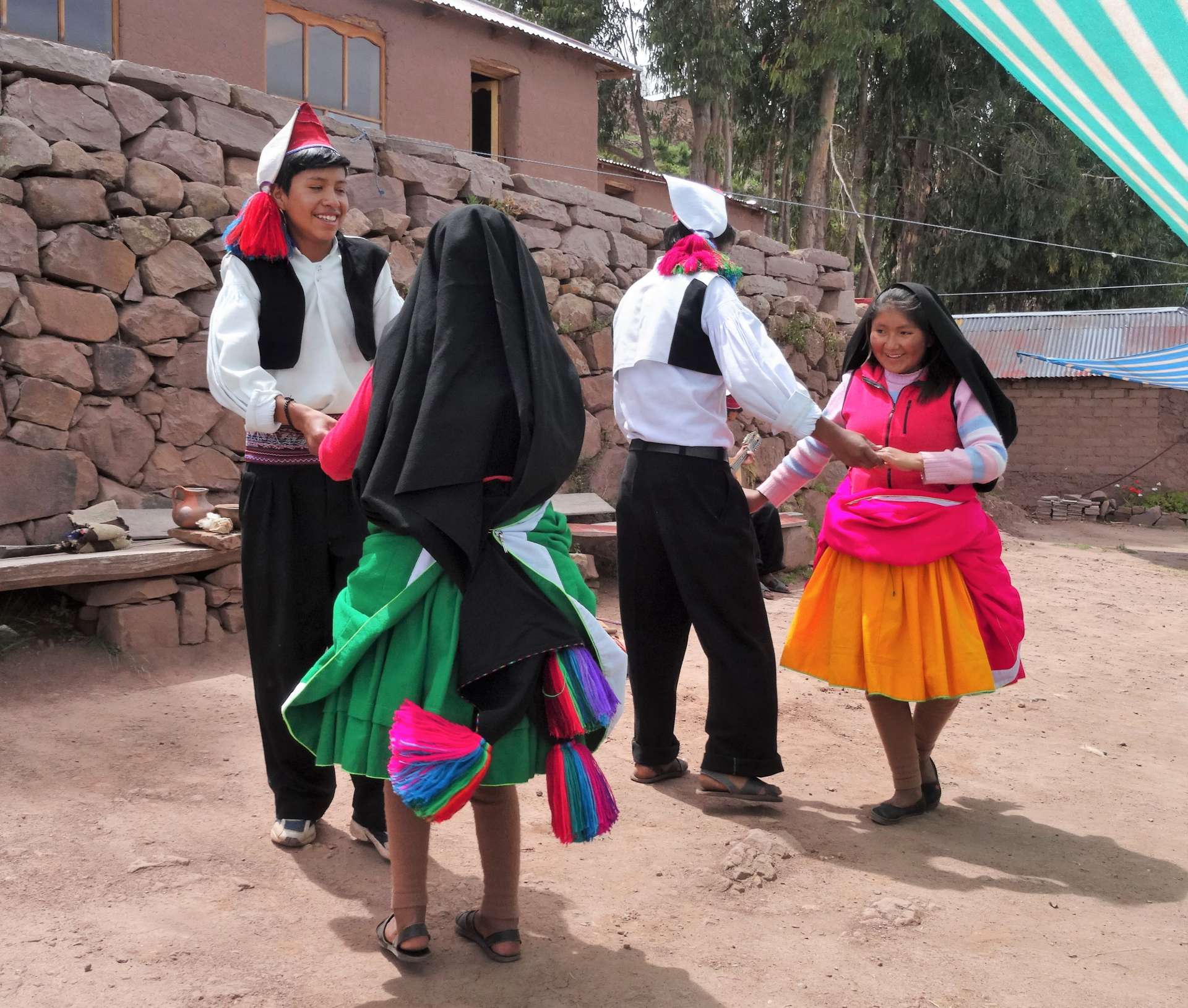
You will also encounter elderly men who knit colorful hats with very detailed patterns with great dedication. A picture that has stuck with me. The question I asked myself is: are they still working on perfecting their skills to finally 'get married'? ;)
Anyway, maybe they also enjoy seeing the surprised faces of the tourists.

In the night, we experienced the most intense and loudest thunderstorm we had seen so far - a bit like the end of the world ;). In the morning, we were quite surprised because it had snowed during the night. Actually, not surprising at all, considering that Puno is located at an altitude of about 3800m.
Because we were both getting tired of the altitude and the cold, we decided to give up on La Paz in Bolivia and instead head towards Chile. So we took an 8-hour bus ride back to Tacna and spent the night there.


Afterwards, the next day, we traveled further to the northernmost city of Arica in Chile via a collective taxi at Chaccaluta and crossed the border.
Haberlere kayıt ol
Cevap (2)
Martina
Wir freuen uns immer, wenn es wieder neue Berichte und Fotos von euch gibt! Wünschen euch noch weiterhin viele spannende Eindrücke und Erlebnisse. Bussi Tina und Thomas Judit
Danke für die märchenhafte, amüsante Erzählung. Hoch lebe die Handarbeit! 😊 
Seyahat raporları Peru
